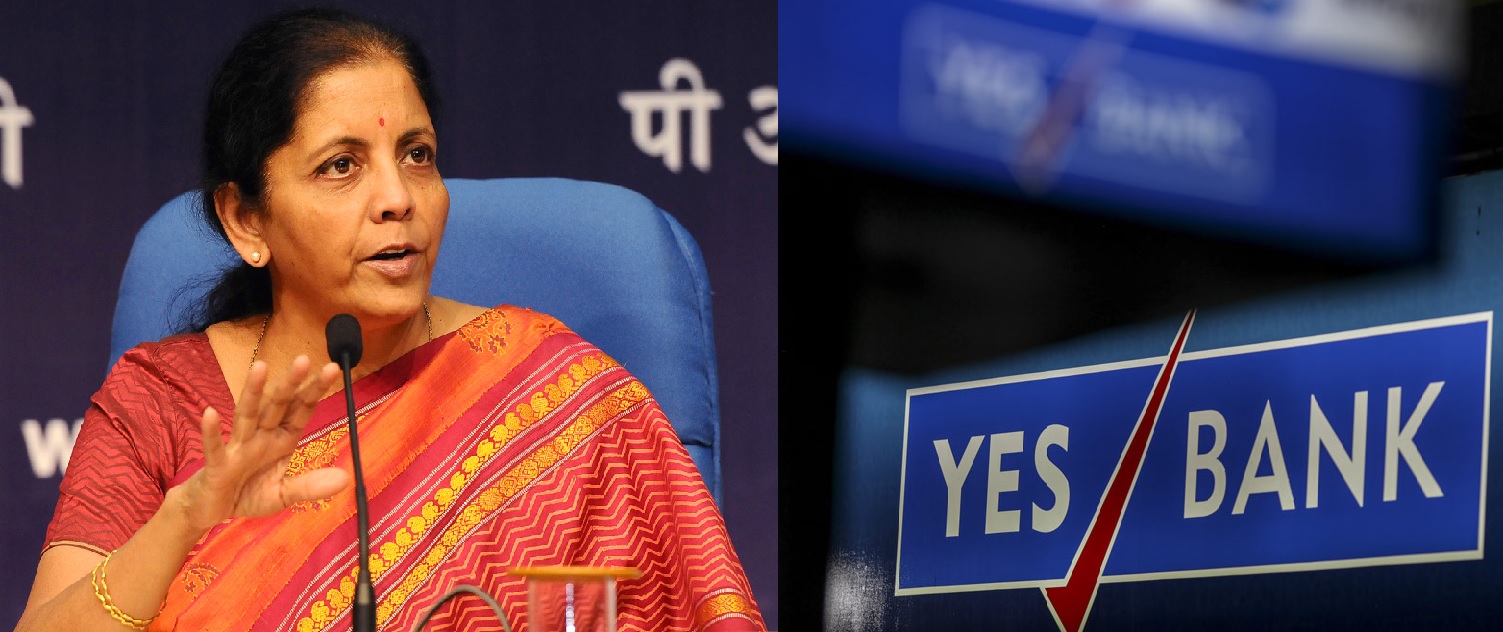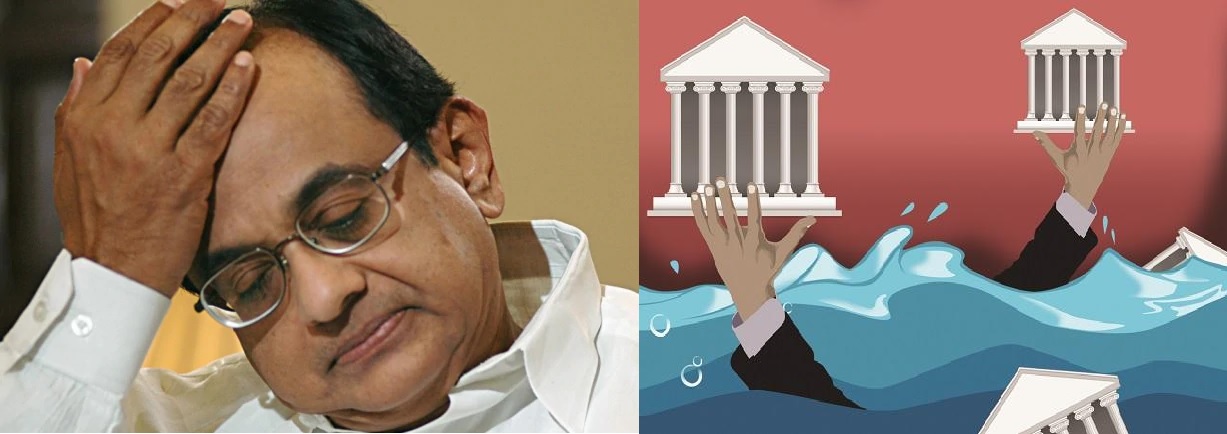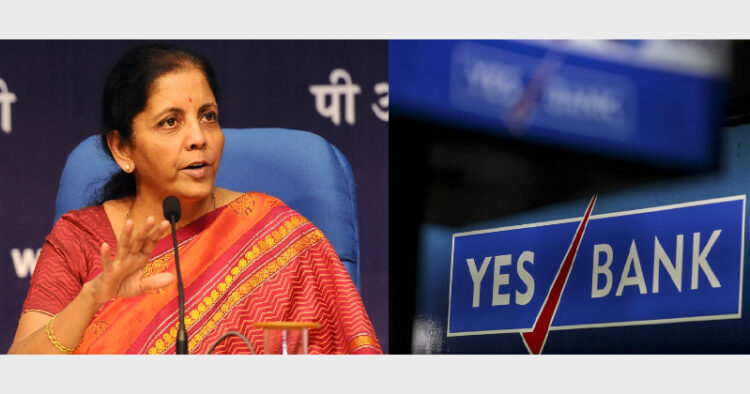The genesis of banking crisis lies in the fact that most loans given during UPA regime, when Chidambaram was the Finance Minister, were only as a part of the reckless lending policy without assessing the ‘bankability’ of the projects.

New Delhi, Mar 7: The lid has been taken off and all attempts of Congress cover up of its mischief and failures vis-a-vis banking crisis stand exposed.
On Friday, March 6, following the developments related to Yes Bank, country’s fourth largest private bank, Finance Minister Nirmala Sitharaman lashed out at P Chidambaram calling him “self-appointed competent doctor” of Indian economy.
It goes without saying that a healthy banking system is hallmark of any fast growing economy. The genesis of the problem of banking crisis lies in the fact that many of the loans given during UPA regime were only as a part of the reckless lending policy without assessing the ‘bankability’ of the projects.
“Today if I have problems restoring good health of IDBI, I am giving you good examples of how self-appointed competent doctors had handled United Western Bank merger with IDBI,” she said, adding that IDBI went down because of UWB.
“That was the treatment offered by those who speak today,” Ms Sitharaman said without – however – naming P Chidambaram. “So-called self-appointed competent doctors were in charge when United Western Bank was almost on the verge of collapse in 2006 and was forcefully merged with IDBI,” she said.
Chidambaram was the finance minister under Dr Manmohan Singh from 2004 till November 2008 — and was later made Home Minister as Shivraj Patil had to quit after 26/11 Mumbai siege by Pakistani terrorists.

In fact, Global Trust Bank was also merged with Oriental Bank of Commerce and Ganesh Bank of Kurudher was merged with a private bank during Chidambaram’s tenure and thus comes Sitharaman’s jibe: “In all three you merged and washed your hands off.”
Left on backfoot, Chidambaram, however said later: “Listened to FM’s address to the media. It is obvious that the crisis has been in the making since 2017 and the government did practically nothing except talk to the RBI”.
For her part, Finance Minister, of course, has said, that the RBI had been continuously monitoring and scrutinising Yes Bank since 2017.
Into specific issues on Yes Bank, she said: “I am not here to continue carrying the stories of legacy. Yes, the Indian banking system has had severe challenges thanks to the way in which the government which existed between 2004-14 had handled the matter. I have reasons to put the blame on them”.
“The exposure of Yes Bank to some of the very stressed corporates has been before 2014. These are public domain names and I am not violating any customer privacy Anil Ambani (Group), Essel Group, DHFL, IL&FS (and) Vodafone are some of the very stressed corporate to whom Yes Bank has been exposed,” FM has said.
SBI likely to invest 49 per cent in Yes Bank and quantum of investment would be Rs 2,450 crore
Panic-stricken depositors rushed to withdraw money from Yes Bank in various cities whose control was seized by the RBI. The government has pushed state-run State Bank of India and LIC to together pick up majority equity stakes in Yes Bank. The regulator Reserve Bank of India on March 5 (Thursday) evening capped withdrawals at Rs 50,000 for the next one month and imposed strict limits.
“I am in continuous interaction with the RBI. The RBI is fully seized of the matter and has assured they will give a quick resolution,” Ms Sitharaman said. FM also said the RBI took concrete steps including changing the CEO in 2018 and asking promoter to let go of their shares.
“I have asked the RBI now to go into assessing what actually has caused this difficulty in Yes Bank and also clearly identify the role played by various individuals in the problems,” she said.
Yes Bank has 1,000 branches across the country.














Comments